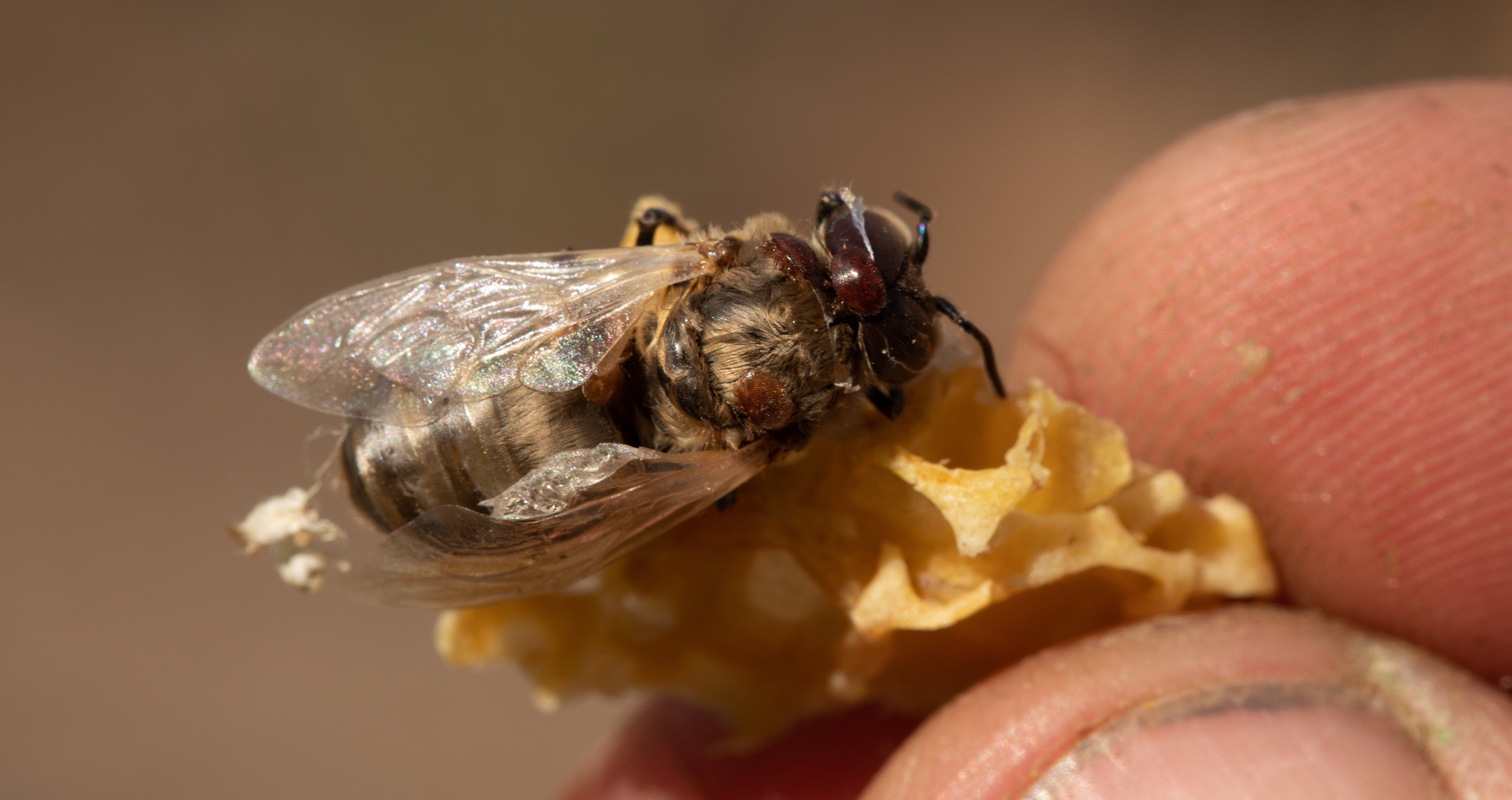The Small Cell Size Theory: Does It Work for Varroa Mite Control?
- The theory of using small cell size foundation to control Varroa mites has been widely explored by beekeepers.
- Extensive trials in New Zealand and overseas have found no conclusive evidence that small cell size impacts Varroa reproduction.
- Australian beekeepers should be cautious of unproven "internet solutions" for Varroa mite control.
- It's crucial to conduct cautious, small-scale experiments and critically evaluate results before adopting new Varroa management methods.
- Rely on evidence-based practices and reputable sources for effective Varroa control strategies.
Introduction: Experimenting with Small Cell Size for Varroa Mite Control
In the dynamic world of beekeeping, where constant innovation is essential for hive health, one term that often pops up in discussions about Varroa Mite control is "small cell size."
Beekeepers scouring the internet for varroa mite treatments and controls may come across claims that using foundation with small cell size can effectively combat Varroa mites.
In this blog, we delve into a video Ecrotek produced with honeybee scientist Dr. Mark Goodwin that addresses this topic, exploring the implications for Australian beekeepers and urging caution in embracing purported solutions without thorough scrutiny.
The Small Brood Cell Size Theory in Varroa Mite Control: How it's Supposed to Work
The concept behind using a small cell size foundation revolves around the idea that Varroa mites struggle to reproduce effectively in cells of reduced dimensions, therefore impacting the lifecycle of the varroa mite.
Watch more on the life cycle of the varroa mite here:
The theory suggests that by shortening the capped period for Apis mellifera and Apis cerana, the Varroa mites' survival rates would decrease, subsequently helping to control their population within the hive.
The Reality of Small Cell Size Trials in Varroa Mite Control: What the Research Shows
Despite the initial appeal of the small cell size theory, the video draws attention to the results of three sets of trials conducted in New Zealand and overseas. These trials, collectively representing a significant investment, failed to provide conclusive evidence supporting the effectiveness of small cell size in Varroa control. None of the trials could find any discernible impact on Varroa reproduction.
Lessons for Australian Beekeepers: Smart Experimentation for Varroa Control
Caution in Embracing Internet Solutions for Varroa Mite Treatments in Australia:
- Australian beekeepers are reminded of the importance of approaching internet-based solutions with caution. While the allure of a potential game-changing technique is enticing, it is crucial to temper enthusiasm with skepticism. The video underscores the need for thorough research and, if possible, conducting small-scale trials before investing significantly in unproven methods.
Cautious Experimentation:
- The beekeeping community is no stranger to experimentation, a practice that drives innovation. However, Dr. Mark Goodwin emphasises the importance of cautious experimentation.
- Trying out small cell size on a limited number of hives (perhaps 10, as suggested) allows beekeepers to assess the practicality and effectiveness of the technique in their specific conditions.
Critical Evaluation of Trial Results:
- The trials' inconclusive results prompt Australian beekeepers to critically evaluate purported Varroa control methods before widespread adoption. Instead of relying solely on internet claims or anecdotal evidence, beekeepers should seek empirical evidence from reputable sources or conduct their trials.
Conclusion: Evidence-Based Experimentation is Key for Varroa Control
While small cell size may seem like a promising solution for Varroa control, Dr. Mark Goodwin's insights caution against unfounded optimism.
Australian beekeepers are urged to approach such theories with a balanced perspective, combining curiosity with a healthy dose of skepticism.
As the search for effective Varroa control methods continues, the lessons learned from small cell size trials underscore the importance of evidence-based decision-making in sustaining healthy and thriving bee colonies.
See here effective varroa mite treatment options.
Summary of Key Takeaways for Varroa Control
- The small cell size theory for Varroa control lacks conclusive scientific support from trials.
- Be wary of unverified online claims regarding Varroa mite treatments.
- Prioritize cautious, small-scale experimentation for new Varroa control methods.
- Base your Varroa management decisions on empirical evidence and trusted sources.
- Smart, evidence-based experimentation is crucial for healthy bee colonies in Australia.
Seeking Proven Varroa Solutions?

Ecrotek Australia offers a range of scientifically-backed tools and solutions for effective Varroa mite management. From monitoring kits to proven treatment options, we support your journey towards healthier, more productive hives.
Explore Varroa Management ProductsHave questions? Our team is here to help. Contact us today for personalized advice!


